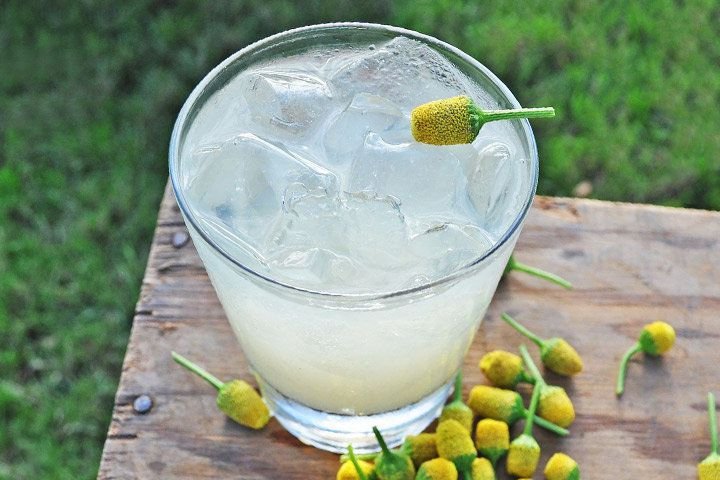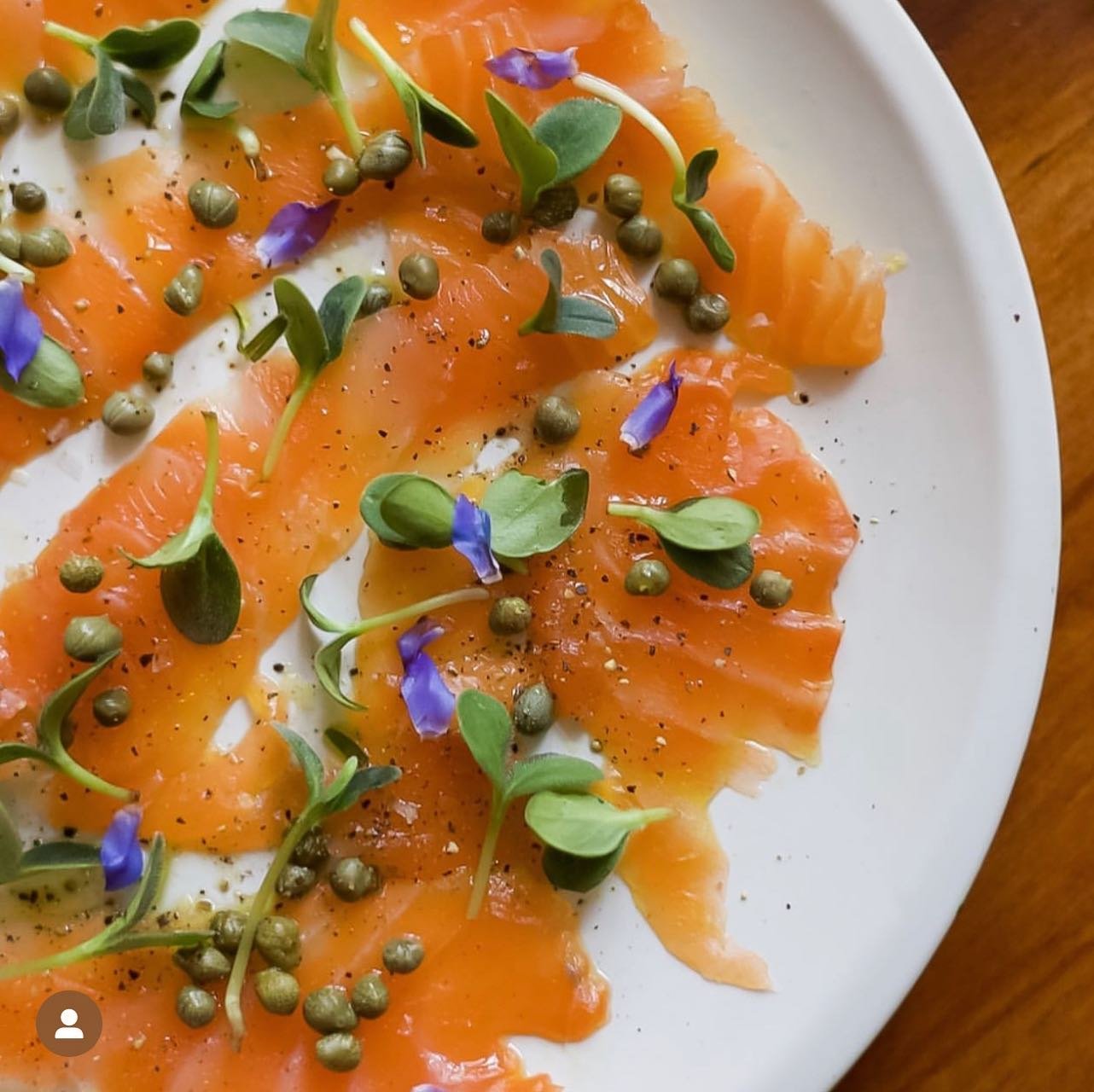10 Unique Greens You Won’t Find at Your Local Grocery Store (But Should)
Introduction
Imagine walking through your grocery store’s produce aisle. You’re likely to see the usual suspects: romaine, cilantro, kale. But did you know that these familiar greens represent just a fraction of the edible plants out there? Freight Farms is changing the game by growing unique, nutrient-rich greens that are rarely found in big-box stores. Here are ten greens you probably haven’t tried yet, but definitely should.
1. Dandelion Greens
Often dismissed as a weed, dandelion greens are packed with vitamins A, B2, C, and K, and contain more iron than spinach. Their slightly bitter flavor is perfect for sautés, stews, and even pesto.
2. Edible Flowers (Violets)
Violets and other edible flowers like nasturtium add a floral touch to salads and cocktails. Beyond aesthetics, these flowers offer unique flavors that can elevate any dish.
3. Buzzbuttons (Toothache Plant)
Buzzbuttons, also known as the toothache plant, are not only visually striking with their bright yellow and red blooms but also offer a unique, tingling sensation when eaten. Traditionally used for its numbing effects in folk medicine, Buzzbuttons can add an unexpected twist to cocktails, salads, or desserts, making them a favorite among adventurous chefs.
4. Wasabi Arugula
Wasabi arugula delivers a surprising kick that’s similar to wasabi, making it a bold addition to any salad. Its unique flavor profile has even gained praise from culinary experts.
5. Glasswort (Sea Beans)
Glasswort, also known as sea beans, offers a salty taste reminiscent of the sea. It pairs perfectly with seafood and can be used in a variety of gourmet dishes.
6. Mexican Pepperleaf (Hoja Santa)
Known as ‘hoja santa’ or “sacred leaf,” this herb adds a root beer-like flavor to traditional Mexican dishes. It’s used both as a wrap for tamales and as a seasoning in mole and soups.
7. Lovage
Lovage, an ancient herb with a strong celery flavor, is not only a culinary delight but also a natural remedy for sore throats and digestive issues. Try it in soups or even a Bloody Mary.
8. Shiso (Perilla)
Shiso, a staple in Japanese cuisine, is a versatile herb with a unique flavor that’s somewhere between mint, basil, and anise. Often used in sushi, salads, and pickling, Shiso's bright, aromatic leaves add a refreshing twist to many dishes. Its vibrant green or red leaves also make it a visually appealing garnish.
9. Red-veined Sorrel
Red-veined sorrel is as beautiful as it is flavorful, with a lemony taste that enhances fish dishes, pestos, and even cocktails.
10. Centella (Asian Pennyworth)
Centella, common in Southeast Asian cuisine, has a slightly bitter, grassy flavor. It’s often used in salads or paired with coconut in traditional dishes.
Conclusion
Exploring these unique greens not only adds variety to your diet but also brings global flavors to your table. With Freight Farms’ hydroponic technology, you can access these greens year-round, expanding your culinary horizons and boosting your health.
Want to introduce these unique greens to your business?
Discover how a Greenery™ can provide you with a year-round supply of these incredible crops.




















